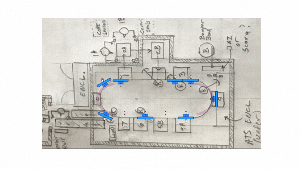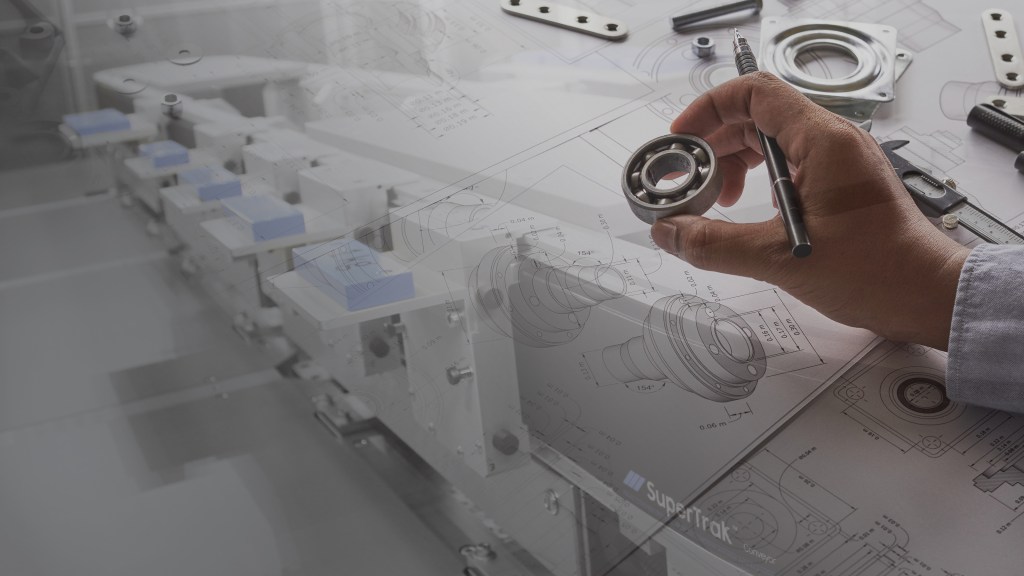So, you’re facing an increasing demand for your product and now you’re evaluating different ways to reach these new goals. It’s a great problem to have but chances are you are already running your operation pretty lean. The common response to increasing throughput in automation is to add more tooling or to bring in additional machines.
These tactics are tried and true, but they also come with their own challenges. More machinery means an increase in your floor space. Additional tooling can be additional costs creeping in in the form of maintenance and wear and tear. Not to mention that more moving parts means more opportunities for things to break. But what are some uncommon tactics to increase throughput?
So how do you increase throughput in your automation? What tactics might you employ to increase your PPM?
Here are a couple of additional ways for you to consider.
Optimize Your Station Design
Are you using your stations to their full capacity? How many parts are your stations working on per pallet?
Your stations and their design determine how efficiently your part is assembled. If you can reconfigure your station to adopt a multi-up process, you can increase your throughput without additional strain on your system’s footprint.
With smart conveyance options, you may also be able to use an additional axis of motion.

Use Simulation Software to Identify Bottlenecks
Looking at the bigger picture of your system in action might help give you perspective and identify where you might be experiencing bottlenecks. A simulation of your system can also allow you to experiment with different configurations of your system without impacting production.

Think this is cool? Request your own simulation today.
Refine Your Repeatability to Reduce Defects
Moving more parts through your system isn’t the only way to address increasing demand. Reducing the amount of defects your system produces will also help address this end goal. What does your system’s repeatability look like now? How could it be improved? While repeatability by itself won’t address the major struggle, it is one way you might not have considered.
This is not an exhaustive list but hopefully, it has inspired you to think about uncommon tactics to address a common challenge.
Your competition is already using smart conveyance to implement these tactics. Are you?










